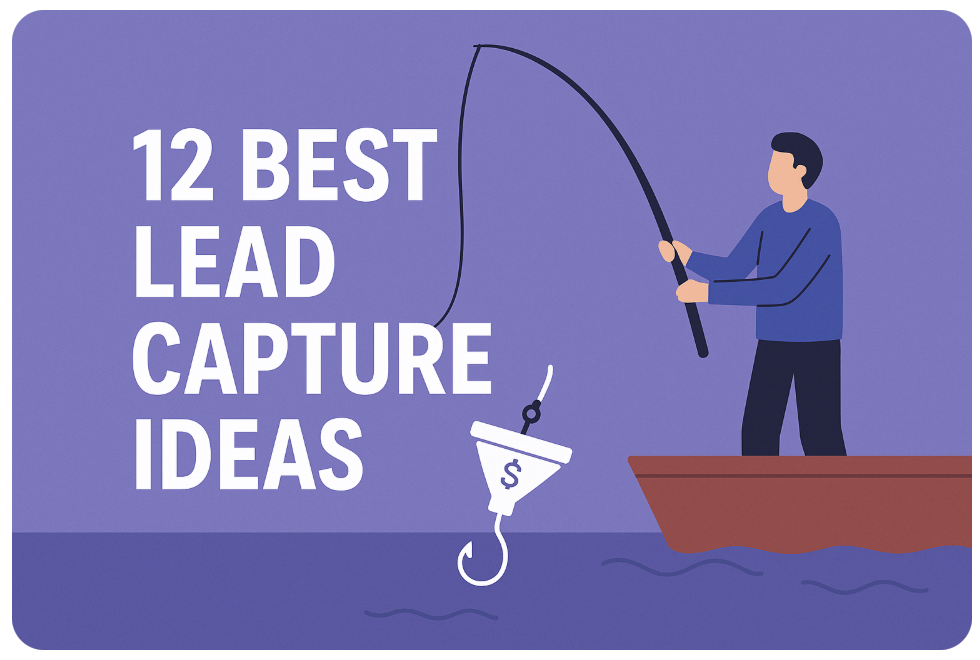Five independent sources show print marketing effectiveness

Interested in the science on print, here’s a cheat sheet that shows the data science involved. Below find the top five reports showing how print advertising:
- Improves recall
- Is more trusted by purchasers
- Has better engagement with buying areas of the brain on the neurological level
- Cuts through the noise
- Is a prefered source of reading for young people
1. Baxter Research sells a post-publication survey that tests recall of specific print and digital ads that ran during the survey period. Note that print ads typically account for about 50% of recall.
You can get a sample report from Baxter here.

2. MarketingProfs reported when print and digital are combined, results increase. See the full infographic of data sets here.
3. Daniel Burstein, Senior Director of Content and Marketing at MarketingSherpa, found similar results – print is the most trusted of all media when making a purchase – way back in 2017, when he conducted one of the first studies on print response.

4. Another key infographic from financeonline.com shares research on a 4x increase in response from adding print, along with other research.
5. Neuroscience: Your brain on print buy more
 In 2024, the proof has taken on a new form. Instead of mere surveys, science has pinpointed the area of the brain that lights up with purchase intent. That area lights up when people are put in an MRI and shown a print ad from a week ago.
In 2024, the proof has taken on a new form. Instead of mere surveys, science has pinpointed the area of the brain that lights up with purchase intent. That area lights up when people are put in an MRI and shown a print ad from a week ago.
Not so for digital ads.
5. Harvard Business Review: Marketers, tired of digital noise and decreased ROI, return to print.
The 2022 article noted that the landscape has shifted again now that digital is mature. Marketers said in a CMO survey that consumers have become “digitally numb.”
“They report frustration and negative brand association with digital advertising clutter that prevents them from reading an article, watching a video, or browsing a website.
“For example, the HBR article goes on, a HubSpot survey found that 57% of participants disliked ads that played before a video, and 43% didn’t even watch them. As a result, marketers are looking for a way to cut through the noise.”
The report explains that today, ROI for print and other traditional media is now competitive.
6. Finally, there’s the fact that 71% of magazine readers prefer reading in print to online, especially younger readers.
The same was not true for newspapers, the study created by YouGov reported.
A 2023 article in Forbes is headlined “Tech giants gutted publishing. Now digital fatigue is giving print a new lease on life,” sourced YouGov’s survey to recommend including print in the budget.
Who wants to lose the part of the market reading the print product when the ads produce higher purchase intent?
In short, specialty marketers consider keeping print niche magazines in the mix to maximize results.






